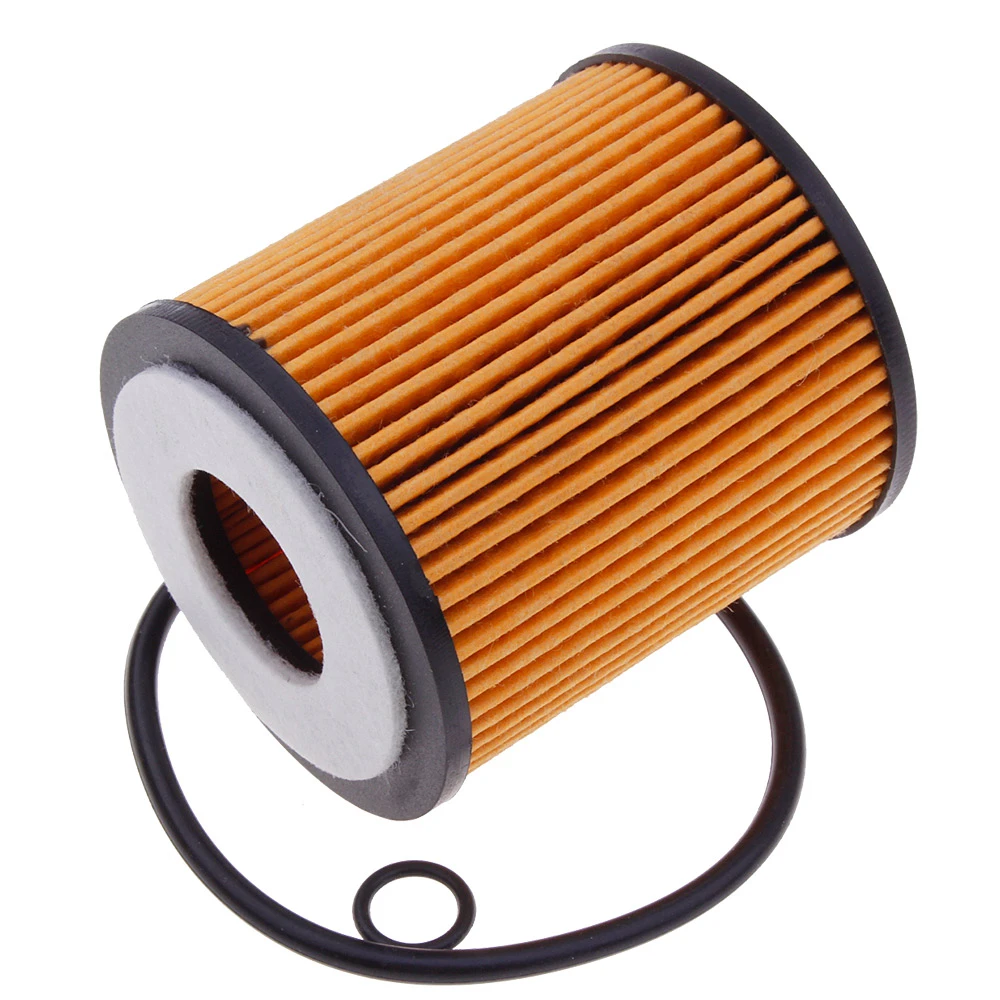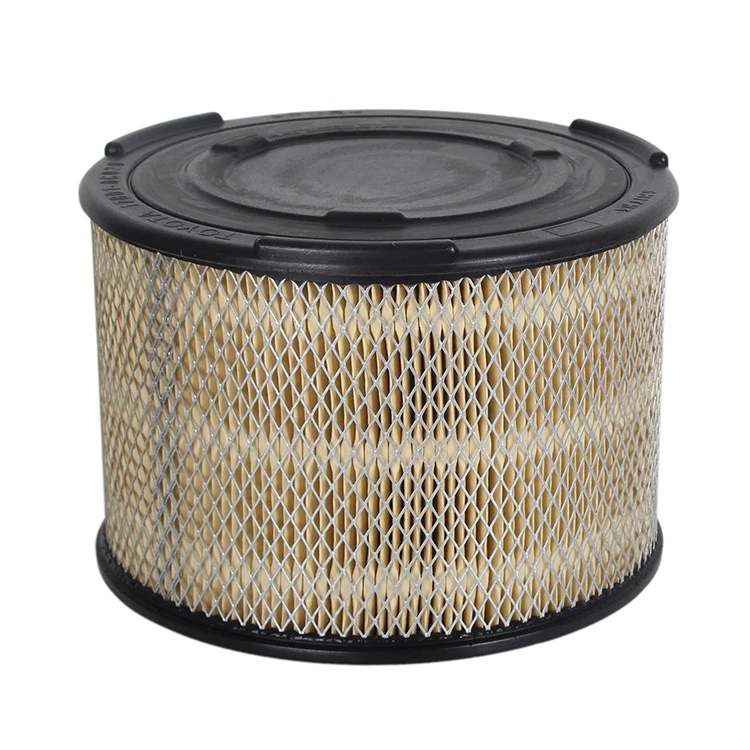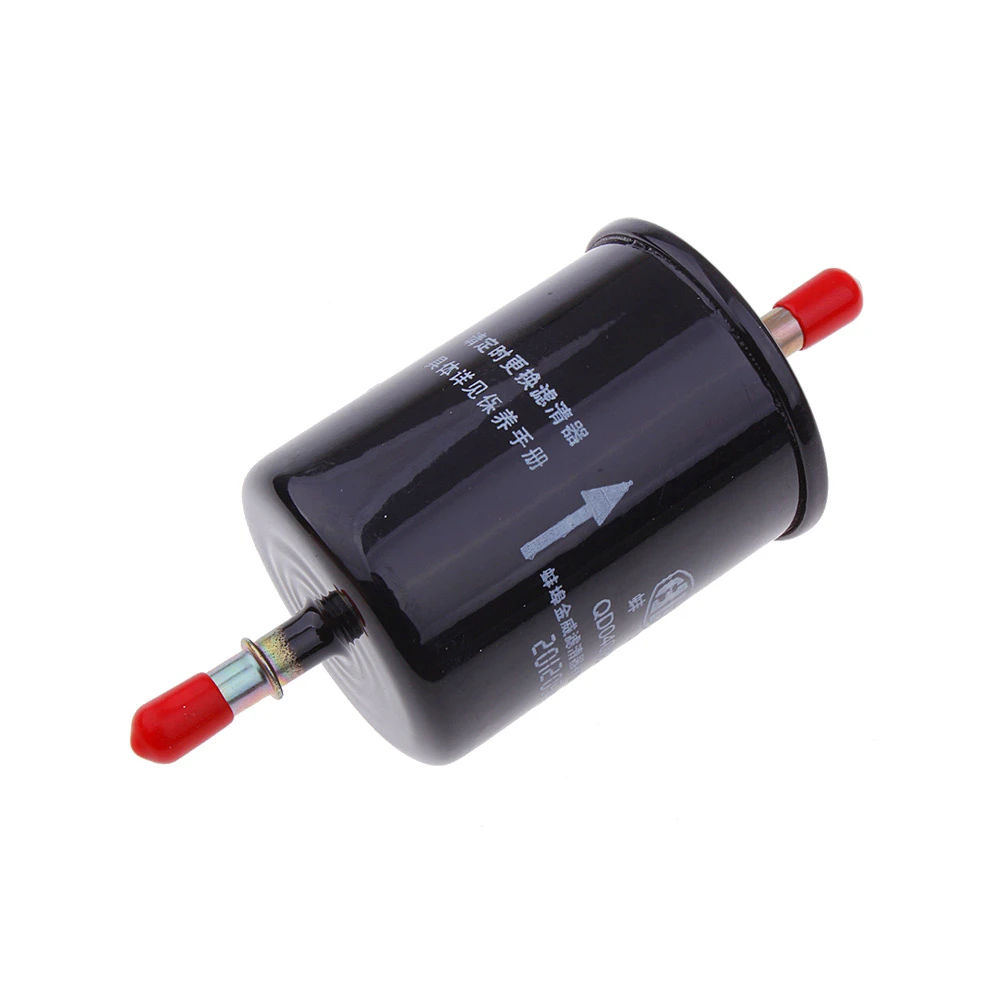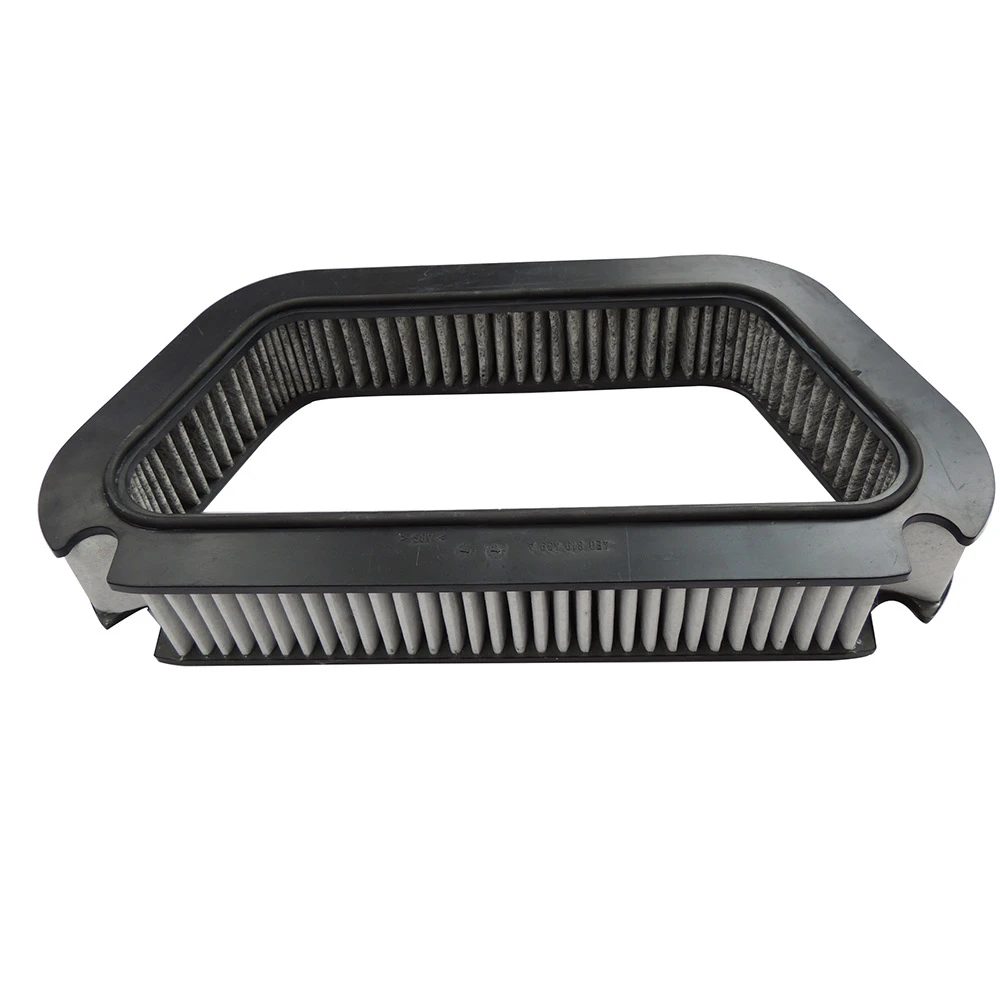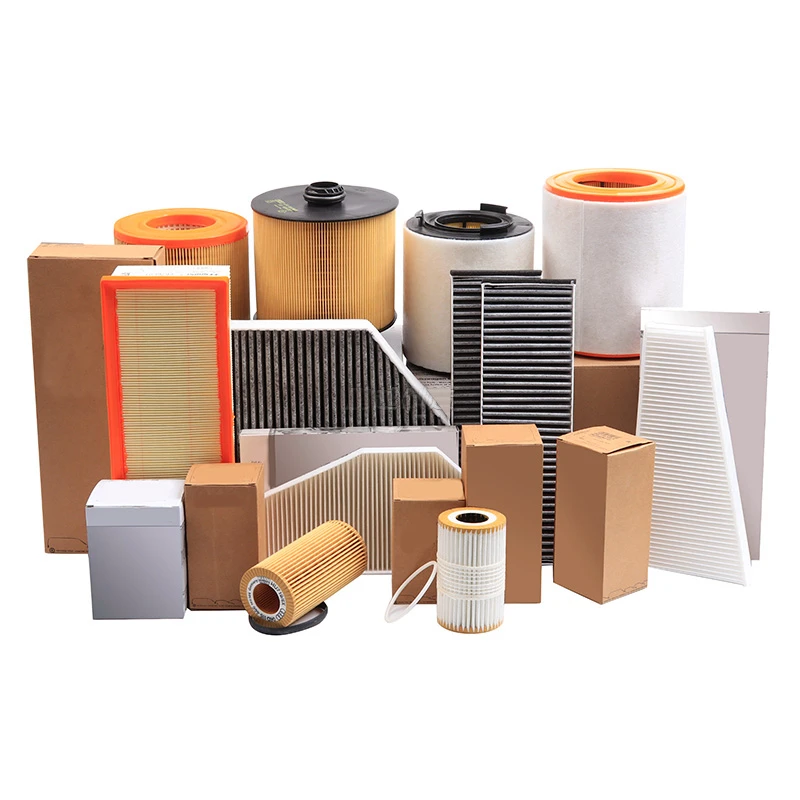
- Introduction: Understanding Engine and Cabin Air Filter Functions
- Technical Impact on Vehicle Performance and Health
- Manufacturer Recommendations vs. Real-World Data
- Custom Maintenance Solutions for Driving Conditions
- Diagnosing Filter Degradation: Signs and Symptoms
- Installation Guide and Cost-Benefit Analysis
- Developing Your Optimal Air Filter Maintenance Schedule
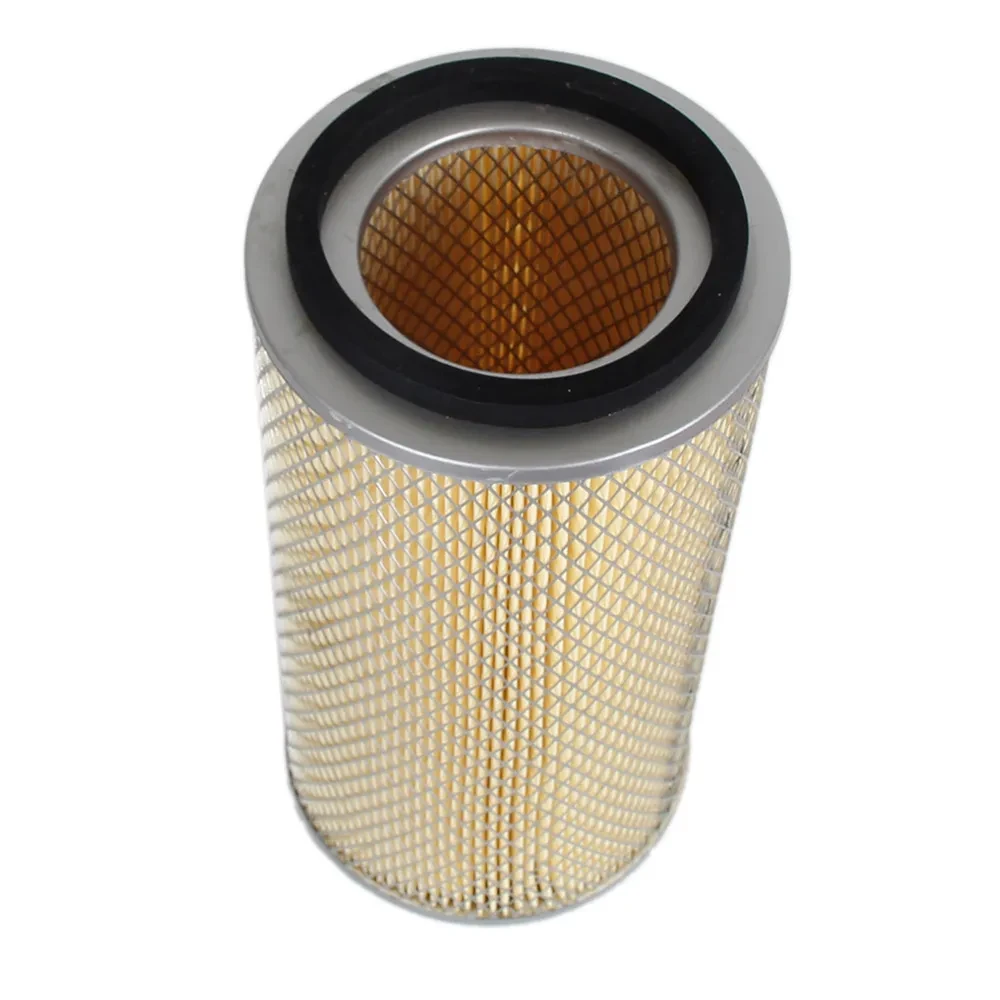
(air filter how often to change car)
Understanding Engine and Cabin Air Filter Change Frequency for Your Vehicle
Automotive air filtration systems protect both your engine and passenger compartment, with dual components requiring regular attention. Engine air filters prevent abrasive contaminants from entering combustion chambers, while cabin filters safeguard air quality by trapping pollutants before they enter the ventilation system. Industry research by the Automotive Service Association indicates 15% of vehicles suffer preventable engine wear due to neglected filters.
The Technical Impact of Air Filtration on Vehicle Systems
Compromised airflow creates measurable performance issues: a clogged engine filter can reduce horsepower by 10% and increase fuel consumption by 14% according to SAE International testing. For modern turbocharged engines (representing 48% of 2023 models), restrictions cause premature turbo wear. Cabin air filters show similar degradation patterns – a Massachusetts Institute of Technology study found pollutant removal efficiency declines by 37% after 15,000 miles. Critical impacts include:
- Restricted airflow forces ECU adjustments, reducing combustion efficiency
- HVAC system strain increases energy consumption by 22%
- Accelerated sensor contamination in MAF and oxygen sensors
Manufacturer Recommendations Versus Real-World Conditions
| Brand | Engine Filter (miles) | Cabin Filter (miles) | Severe Duty Adjustment |
|---|---|---|---|
| Toyota | 30,000 | 15,000 | -50% |
| Ford | 20,000 | 20,000 | -40% |
| Honda | 30,000 | 15,000 | -45% |
| BMW | 15,000 | 10,000 | -60% |
Severe duty includes frequent short trips, off-road conditions, high pollution areas, and extreme climates. Real-world data from ASE-certified technicians shows filters last 18-22% shorter than OEM projections in urban environments.
Custom Maintenance Solutions Based on Driving Profile
Creating tailored replacement intervals requires analyzing three operational dimensions: particulate load (urban vs rural), climate (humidity/dust), and usage patterns (trip duration). Performance vehicles using oil-coated filters like K&N require different protocols than standard paper filters. Consider these specialized scenarios:
- Hybrid vehicles: More frequent combustion cycling demands 25% shorter intervals
- Desert climates: Dust accumulation accelerates need 40% beyond manufacturer specs
- Ride-sharing vehicles: Cabin filters degrade twice as fast in high-occupancy use
Diagnosing Filter Degradation: Symptoms and Inspection Protocol
Visual inspection supersedes mileage tracking for accuracy. Hold filters against 100-watt light sources – light penetration below 40% indicates replacement need. Performance symptoms manifest differently:
Engine filters: Noticeable RPM fluctuations, blackened exhaust in gasoline engines (carbon buildup), fuel trim values exceeding ±10% in OBD-II diagnostics. Turbo lag increasing by 0.5 seconds indicates critical restriction.
Cabin filters: 33% airflow reduction correlates with musty odors and window fogging issues. Allergic reactions in sensitive occupants increase by 300% according to EPA indoor air quality benchmarks when filters exceed service life.
Implementation Guide and Maintenance Economics
Replacement involves simple procedures requiring minimal tools:
- Locate rectangular housing near engine bay front (engine)
- Remove retaining clips/screws following service manual torque specs
- Note directional arrows on filter frames during installation
Premium filters (Fram Ultra, Mann-Filter) cost $22-$38 versus $12-$18 economy options but demonstrate 100% longer service life in particulate retention testing by Consumer Reports. DIY replacement saves $48-$92 versus dealership service while maintaining warranty compliance if OEM-spec filters are used.
Optimizing Your Vehicle's Air Filter Maintenance Schedule
Establishing personalized change frequency balances OEM guidance with operational reality. Standard 30,000-mile engine filter and 15,000-mile cabin filter intervals suit only ideal driving conditions – adjust using these parameters:
Highway commuters (15,000+ miles/year): 18 months for engine filters, annual cabin filter changes
Urban delivery vehicles: Semi-annual inspections with 10,000-mile maximum change interval
Seasonal replacement alignment simplifies tracking: replace engine filters at spring/fall maintenance and cabin filters before summer AC season. Documentation in service records preserves resale value – Carfax reports note 14% higher resale prices for vehicles with documented filter maintenance.
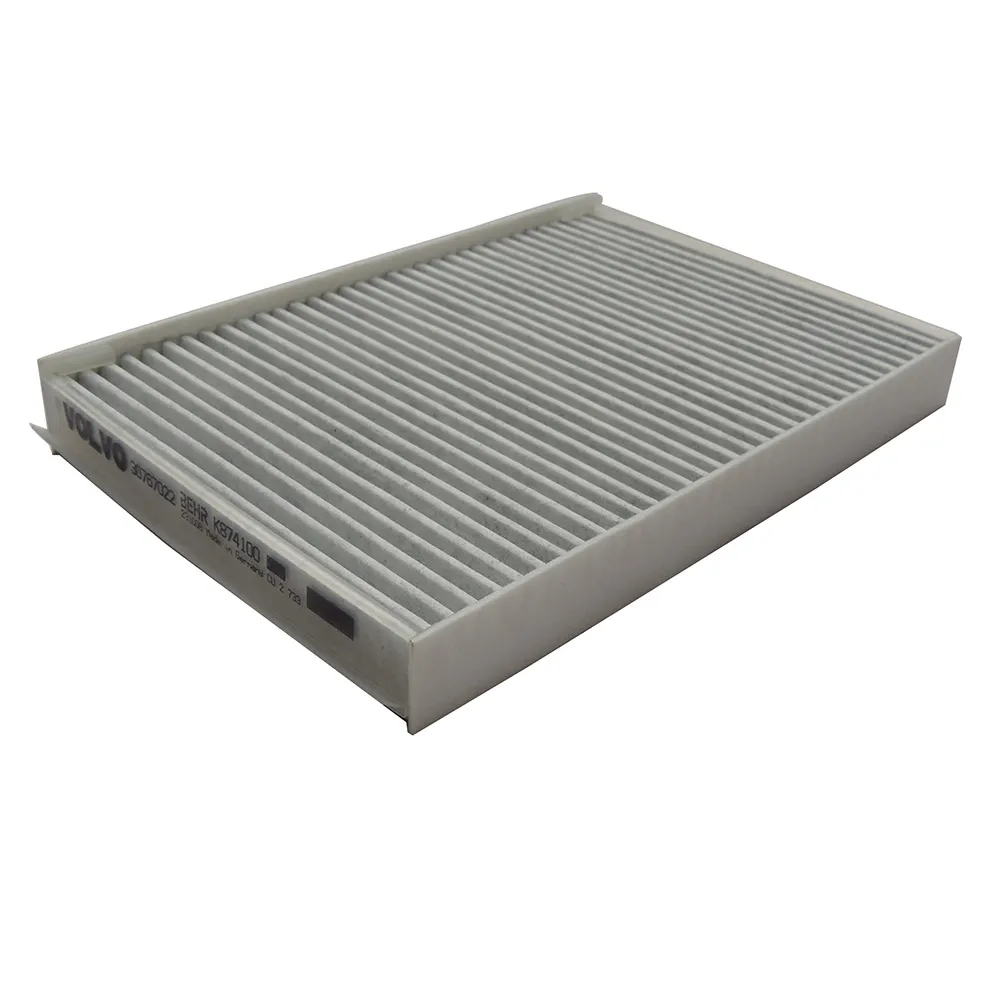
(air filter how often to change car)
FAQS on air filter how often to change car
Q: How often should I change my car's engine air filter?
A: Typically every 15,000-30,000 miles or 1-2 years. Refer to your owner's manual for manufacturer-specific recommendations. Replace more often in dusty environments.
Q: How often do I need to change the cabin air filter in my car?
A: Cabin air filters should be replaced every 15,000-25,000 miles or annually. This interval helps maintain air quality and AC efficiency. Polluted or high-pollen areas may require more frequent changes.
Q: When should the engine air filter be changed for normal driving conditions?
A: Under normal conditions, replace it every 30,000 miles or 2 years. Check it during routine oil changes – if visibly dirty or clogged, replace immediately regardless of mileage.
Q: How frequently should I replace my car air filter for optimal performance?
A: For peak engine performance, change every 12,000-15,000 miles. Reduced acceleration or unusual engine sounds indicate immediate replacement is needed. Never exceed manufacturer maximum intervals.
Q: Does driving environment affect how often I should change car air filters?
A: Yes – heavy traffic, dirt roads, or polluted areas require changes every 10,000-12,000 miles. Regular visual inspections help adjust timing. Dust buildup always warrants early replacement.
-
Vehicle Performance with Premium Car Filter SolutionsNewsJul.02,2025
-
Upgrade Engine Performance with Timely Air Filter MaintenanceNewsJul.02,2025
-
Optimize Vehicle Health with Timely Air Filter ReplacementNewsJul.02,2025
-
Every Drive with Next-Level Car Filtration SystemsNewsJul.02,2025
-
Driving Comfort with Advanced Air Filtration SystemsNewsJul.02,2025
-
Cleaner with Next-Generation Automotive Air FiltrationNewsJul.02,2025
-
The Importance of Cabin Filter and Engine Filter: The Role and Maintenance of Cabin Filter and Engine FilterNewsJun.25,2025
Related Products
